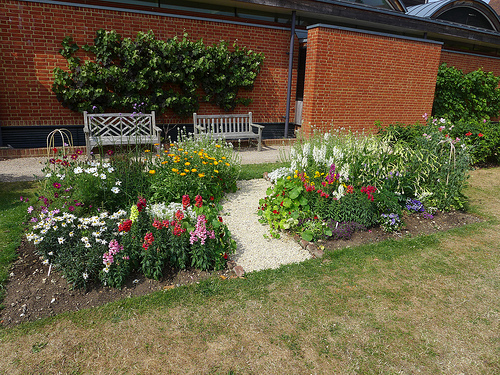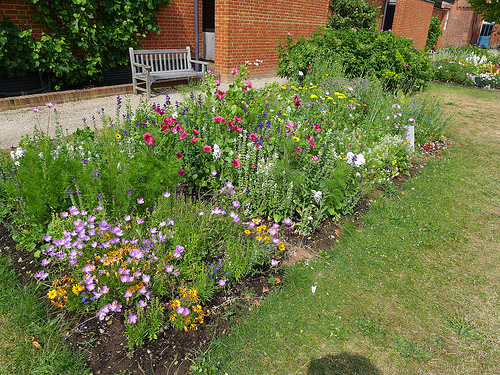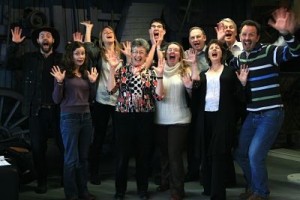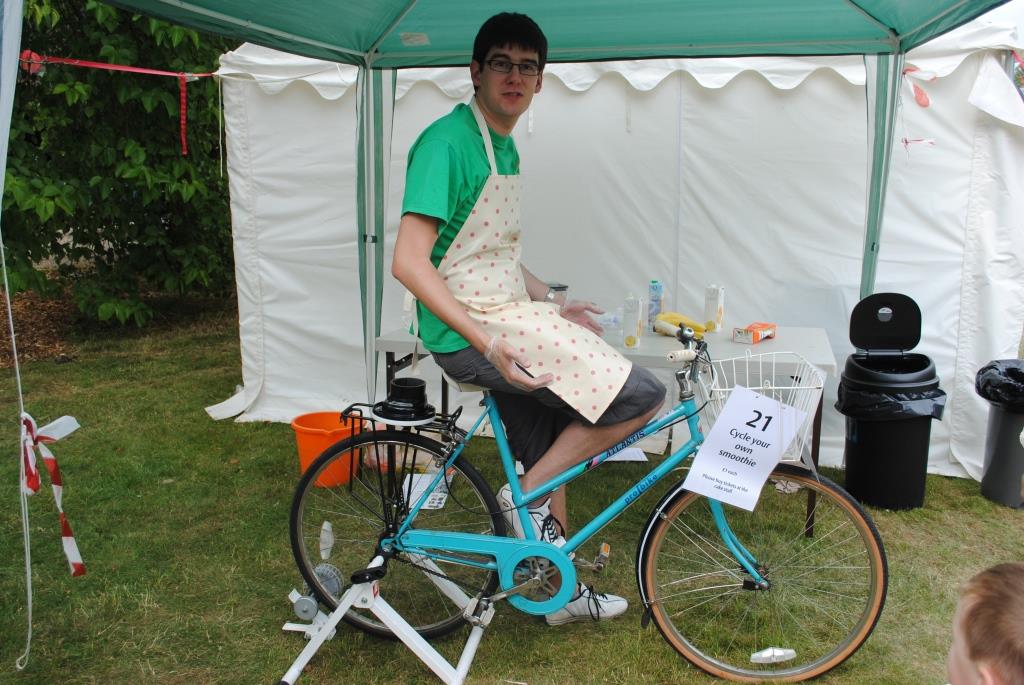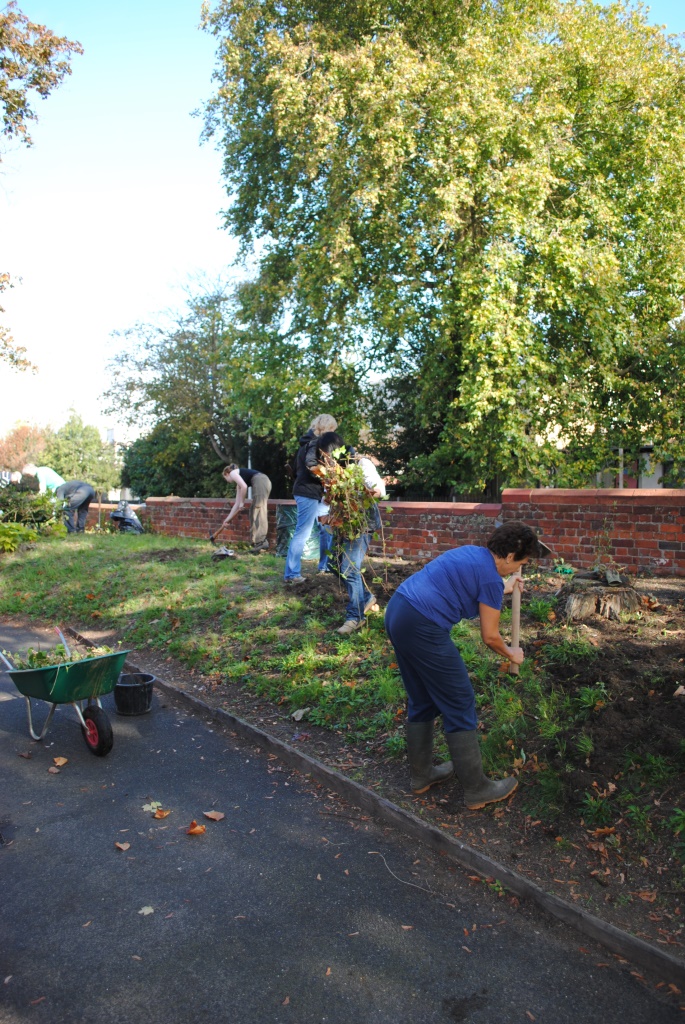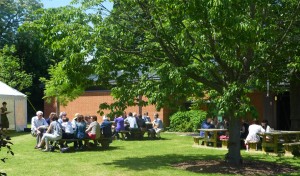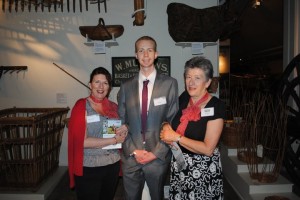Volunteer Coordinator, Rob Davies, shares some tips for planning a volunteer programme…
At the beginning of each year I sit down and think about what the New Year will hold for the volunteer programme and the volunteers. I make three lists:
- Beyond my wildest dreams
- Let’s be realistic here
- What can the volunteer programme do to further support UMASCS (University Museums & Special Collections Service)
I don’t show anyone these lists but they stay at the back of my mind whilst planning and forward thinking. With an already busy 2014 ahead, not just for the volunteer programme but for MERL and UMASCS as a whole, I contemplate and prepare.
In the list below I have highlighted some of the planning methods I use which might help you prepare your own volunteer programme for the New Year…
- Think about what you did last year
- What worked?
- What didn’t work?
- Will you do it again this year? How it will be different?
- Do you have any partnership projects on the horizon? How will they affect your volunteer programme?
- Are your volunteers happy? Have you asked them? What more can you do to make their volunteering a more pleasant and enjoyable experience?
- How much budget will you have this year? How are you going to make the most of it?
- Have you thought about the staff? Are they happy with their volunteers? Is there anything you can do to support them further?
- Create a timetable highlighting busy periods for your organisation and volunteers. My timetable marks out events where volunteer support is needed, learning activities and major projects. I also mark in days of recruitment and career fayres, important meetings (not just for volunteers but for myself) and anything else that may take a lot of time.
Whilst planning and thinking about the above, I always have two words in bright bold letters on my white board; they are coincidentally Scar’s motto from the Lion King “Be Prepared”. Always think ahead of each project, activity and day, be ready for whatever may come your way and always have the kettle on. If you’re planned and ready, the volunteers will enjoy their time with you, they’ll deliver more and stay with your organisation for longer.



